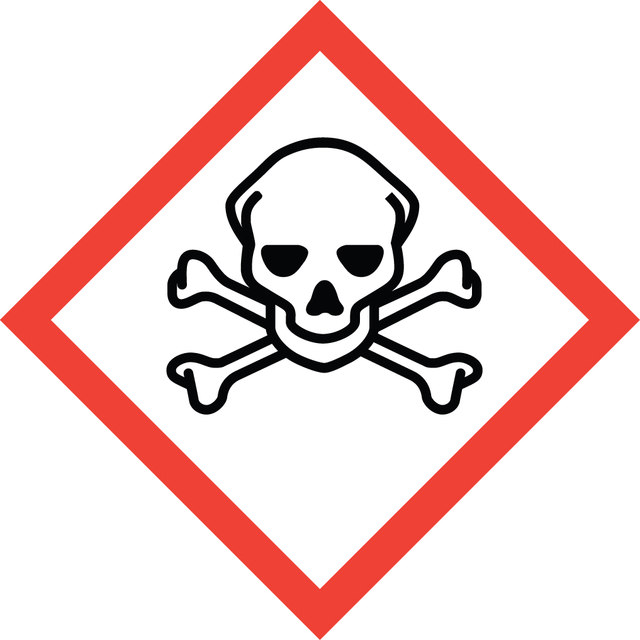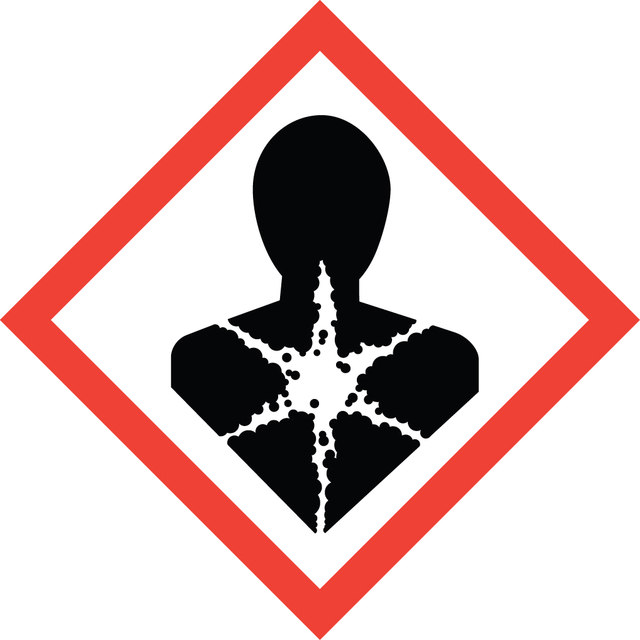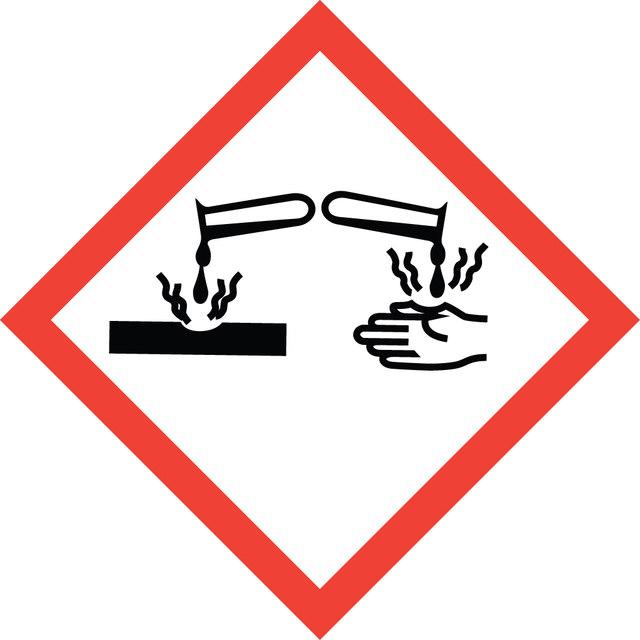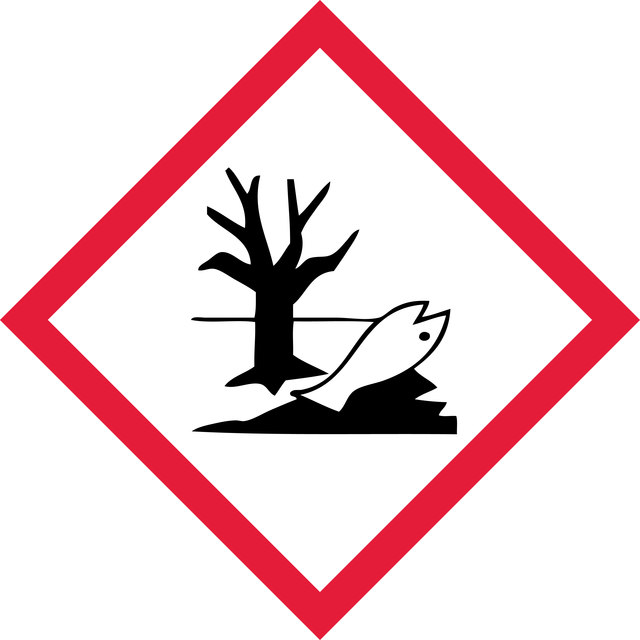Select a Size
About This Item
Product Name
Aniline, ReagentPlus®, 99%
vapor density
3.22 (185 °C, vs air)
Quality Level
vapor pressure
0.7 mmHg ( 25 °C)
product line
ReagentPlus®
Assay
99%
form
liquid
autoignition temp.
1139 °F
expl. lim.
11 %
dilution
(for general lab use)
refractive index
n20/D 1.586 (lit.)
pH
8.8 (20 °C, 36 g/L)
bp
184 °C (lit.)
mp
−6 °C (lit.)
solubility
water: soluble
density
1.022 g/mL at 25 °C (lit.)
SMILES string
Nc1ccccc1
InChI
1S/C6H7N/c7-6-4-2-1-3-5-6/h1-5H,7H2
InChI key
PAYRUJLWNCNPSJ-UHFFFAOYSA-N
Looking for similar products? Visit Product Comparison Guide
Related Categories
General description
Application
Biochem/physiol Actions
Legal Information
Signal Word
Danger
Hazard Statements
Precautionary Statements
Hazard Classifications
Acute Tox. 3 Dermal - Acute Tox. 3 Inhalation - Acute Tox. 3 Oral - Aquatic Acute 1 - Aquatic Chronic 1 - Carc. 2 - Eye Dam. 1 - Muta. 2 - Skin Sens. 1 - STOT RE 1
Target Organs
Blood
Storage Class Code
6.1A - Combustible acute toxic Cat. 1 and 2 / very toxic hazardous materials
WGK
WGK 3
Flash Point(F)
158.0 °F - closed cup
Flash Point(C)
70 °C - closed cup
Personal Protective Equipment
Regulatory Information
Choose from one of the most recent versions:
Already Own This Product?
Find documentation for the products that you have recently purchased in the Document Library.
Our team of scientists has experience in all areas of research including Life Science, Material Science, Chemical Synthesis, Chromatography, Analytical and many others.
Contact Technical Service


